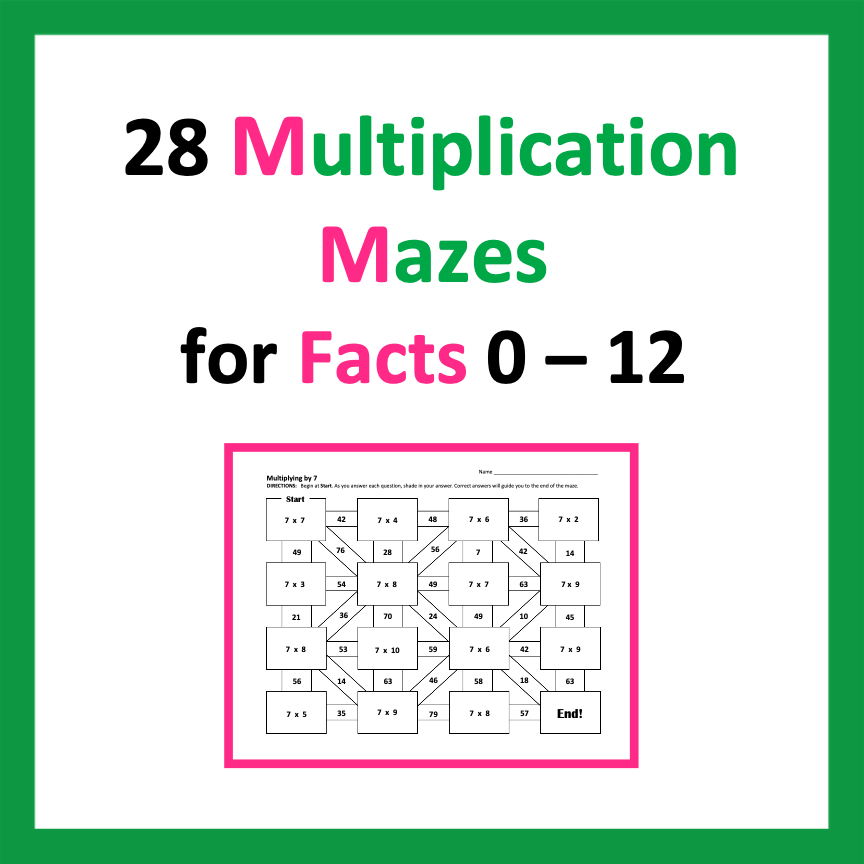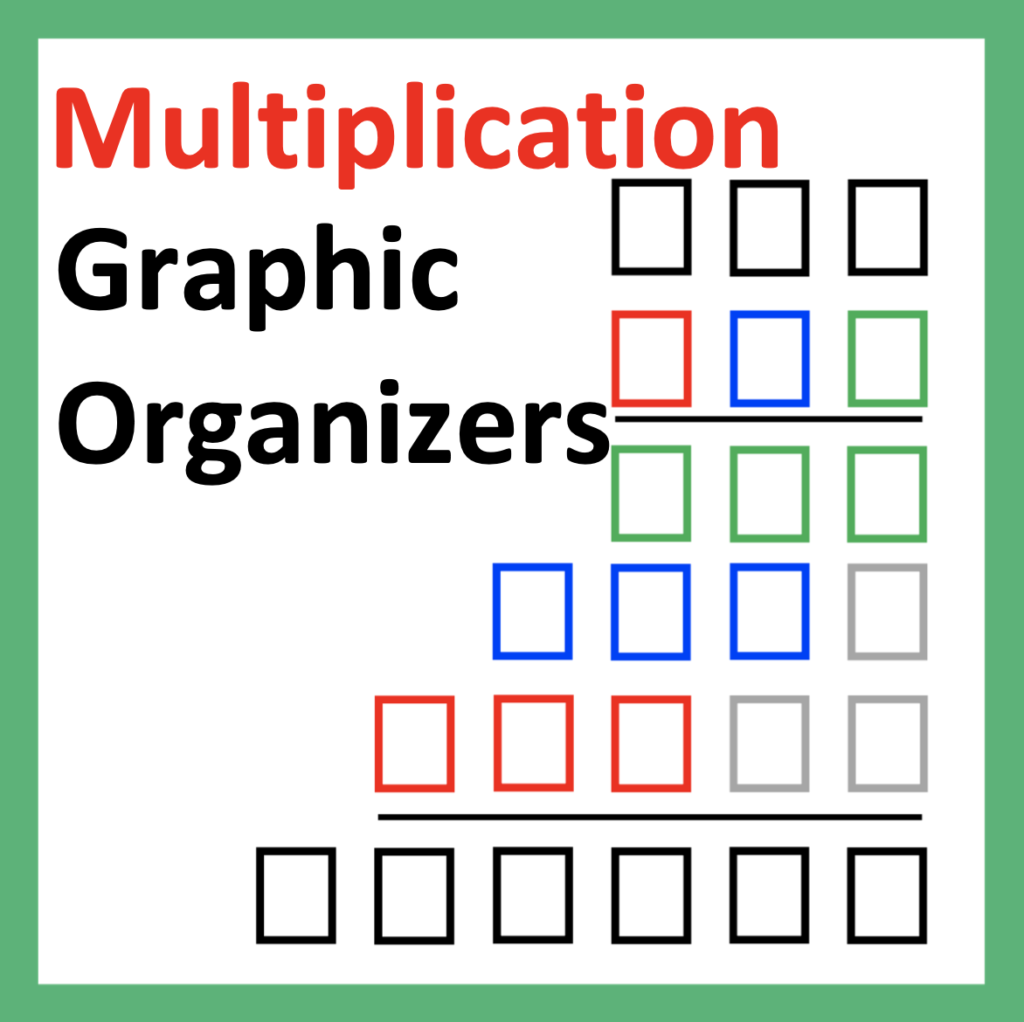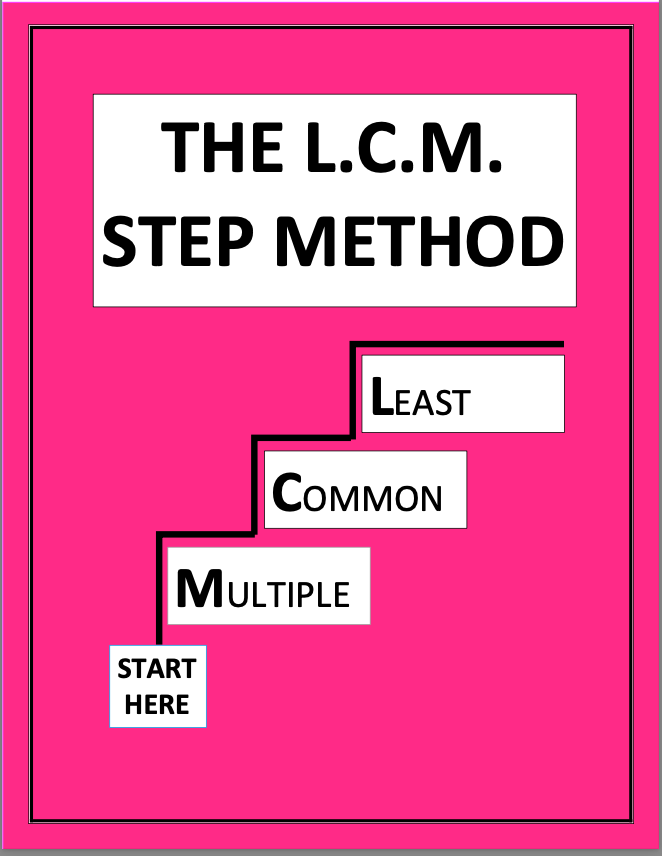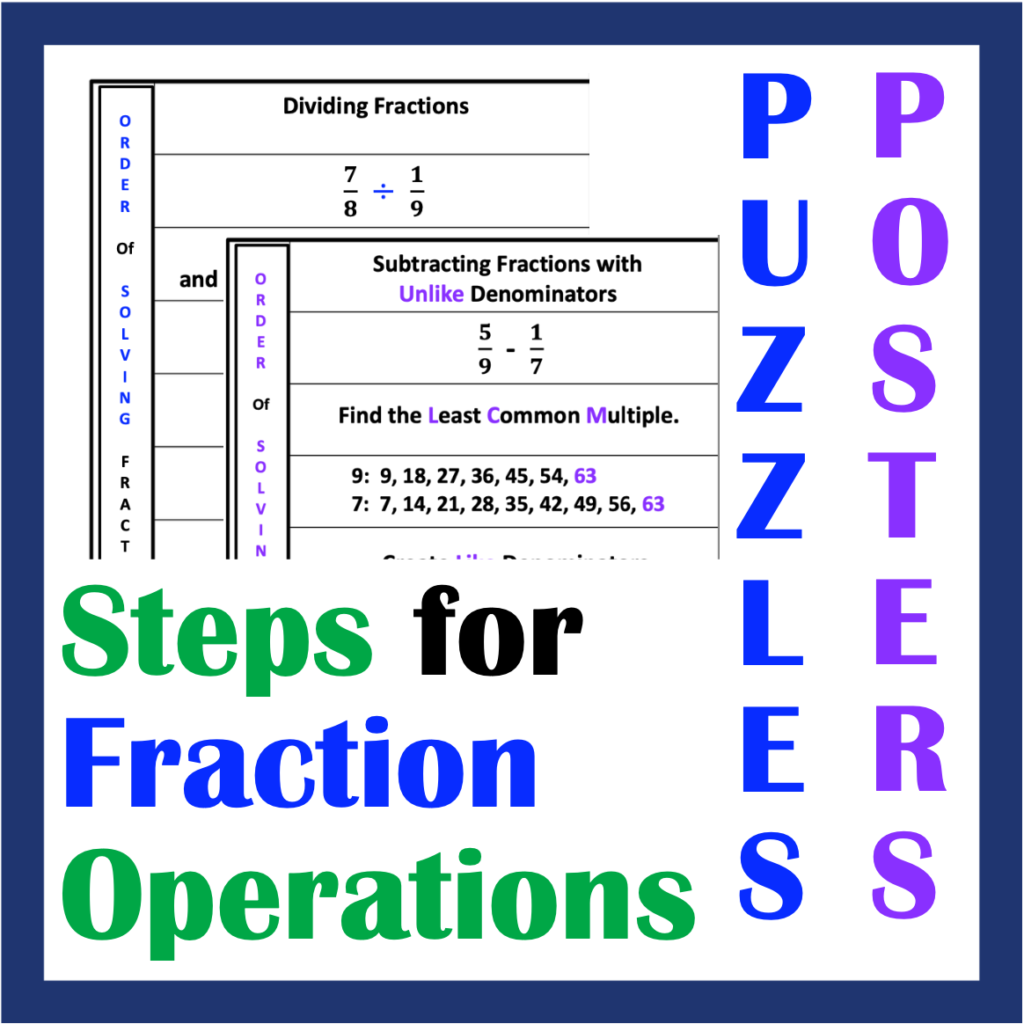Trying to find the best graph paper to introduce the Cartesian Plane? Have you attempted to use worksheets that include a Cartesian Plane, though all the lines look the same, making it difficult to find the x and y axis? Maybe you have students with visual challenges and the graph paper you are using does not meet their needs. Or maybe all the squares are overwhelming. In any case, it is my goal to provide options to meet your students’ needs. Keep reading to discover how to select graphing paper.
Contents:
- 1. Graphs that are Too Small
- 2. Graphs in Which the Numbers are the Same Color as the Lines in the Graph
- 3. Graphs in Which the Lines and Axes are of the Same Thickness and Color
- 4. Graphs that are Numbered in Two’s, Five’s, and Ten’s
- 5. Some Students will Initially Struggle with Graphing
1. Graphs that are Too Small
When introducing graphing, be sure to start with a large graph to make your point.
Yes, that was a pun with purpose!
Maybe you remember your first experience using a microscope. You placed the slide correctly, turned on the light, only to discover all you saw was a gray blob. Next, your lab partner looked in, then turned a gadget, the magnifying part, and you looked again. Wow! You can now see the plant cells in beautiful alignment!
Likewise, when some students look at a graph, they see a blob of gray. On the other hand, some students will see the lines move. And of course the worst case scenario … some students experience nausea and head-aches. Yes. This is a real thing.
An Activity:
To make a much bigger impression, create a graph on the floor, using tape. Begin with the x-axis and y-axis. Next, add additional strips of tape for at least 3 – 6 lines. Use sticky notes to place numbers on each axis. A variation of this idea: On a side-walk or driveway, design the graph using chalk. Use a different color for the lines that run through the x axis, and yet another color for the lines that cross the x axis.
2. Graphs in Which the Numbers are the Same Color as the Lines in the Graph
Some students may find that the numbers and lines all blur into one gray blob, though after highlighting the numberers, the numbers come to life as if someone turned on the lights in a dark room!
For example, use soft pastel colors to highlight each axis. Highlight the x-axis one color and the y-axis another color.
Soft pink for the x- axis and light green for the y-axis works well.
If thin, fine-tip markers are available, trace each number. Be sure to choose one color for the numbers on the x-axis and a different color for the y-axis.
3. Graphs in Which the Lines and Axes are of the Same Thickness and Color
When the entire graph has lines that are all of the same thickness and color, the x and y-axis can be challenging to locate, particularly when attempting to plot points. Below are some suggestions that may be helpful with these types of graphs.
Before attempting to plot points, locate the x and y-axis. Label the x-axis on both the left and right side. Label the y-axis at the top and bottom. Using a ruler, highlight along the x-axis one color, and the y-axis another color. Highlighting like this, helps a lot!
4. Graphs that are Numbered in Two’s, Five’s, and Ten’s
When introducing students to graphs, I do not recommend using these types of graphs. It is best to wait until after students are competent in graphing points with graphs listing consecutive numbers.
5. Some Students will Initially Struggle with Graphing
Be aware that there are A+ math students who will at first, truly struggle with graphing. They do not struggle because they don’t understand the math, as you are aware of their success completing algebraic expressions and equations. Some students may just be more visually overwhelmed than others. These students often benefit from highlighting parts of the Cartesian Plane mentioned earlier, such as highlighting the x and y axis.
Given this, be sure to not only provide students with the best graph paper to meet all needs, but also encourage students as they visually adapt to graphing concepts. Let them know that visualizing all the parts will come easier over time.
It is very important that students have positive experiences with graphing, as other more complex graphing problems occur later in Algebra when graphing parabolas and other functions.
6. Provide Options
Furthermore, provide a variety of graph paper for students to choose from.
Some examples:
1. Blue lines with a white background
2. Gray lines with a white background
3. Black lines with any assortment of colors for the background
4. Black lines with any assortment of colors for the background
5. Numbers highlighted
6. Numbers not highlighted
7. Axes of different colors
8. Axes the same colors
9. Provide graph paper with squares in various sizes.
Likely, you will often have at least two groups of students. Those who love color-coding everything and those who don’t like to use any color. Some students will use bright colors, others will use more subtle ones. Students must find strategies that work best for their visual needs. By providing options students are able to choose what works best.
In addition, just as color helps some students, other students may find that added color is more visually distracting.
Yes. Provide options.
Conclusion
In closing, challenges with graphing may originate from a variety of problems based on the design of the graph or graph paper, alone. It is also important to recognize that students vary in the degree of visual perceptual adaptations needed. Secondary to this, when introducing graphing, providing a variety of graphing paper formats is most helpful to meet all student needs.
Below is a product that provides graph paper with soft contrast, using blue and gray lines. To preview these materials, you may visit:
https://www.teacherspayteachers.com/Store/Bonnie-Stephan














